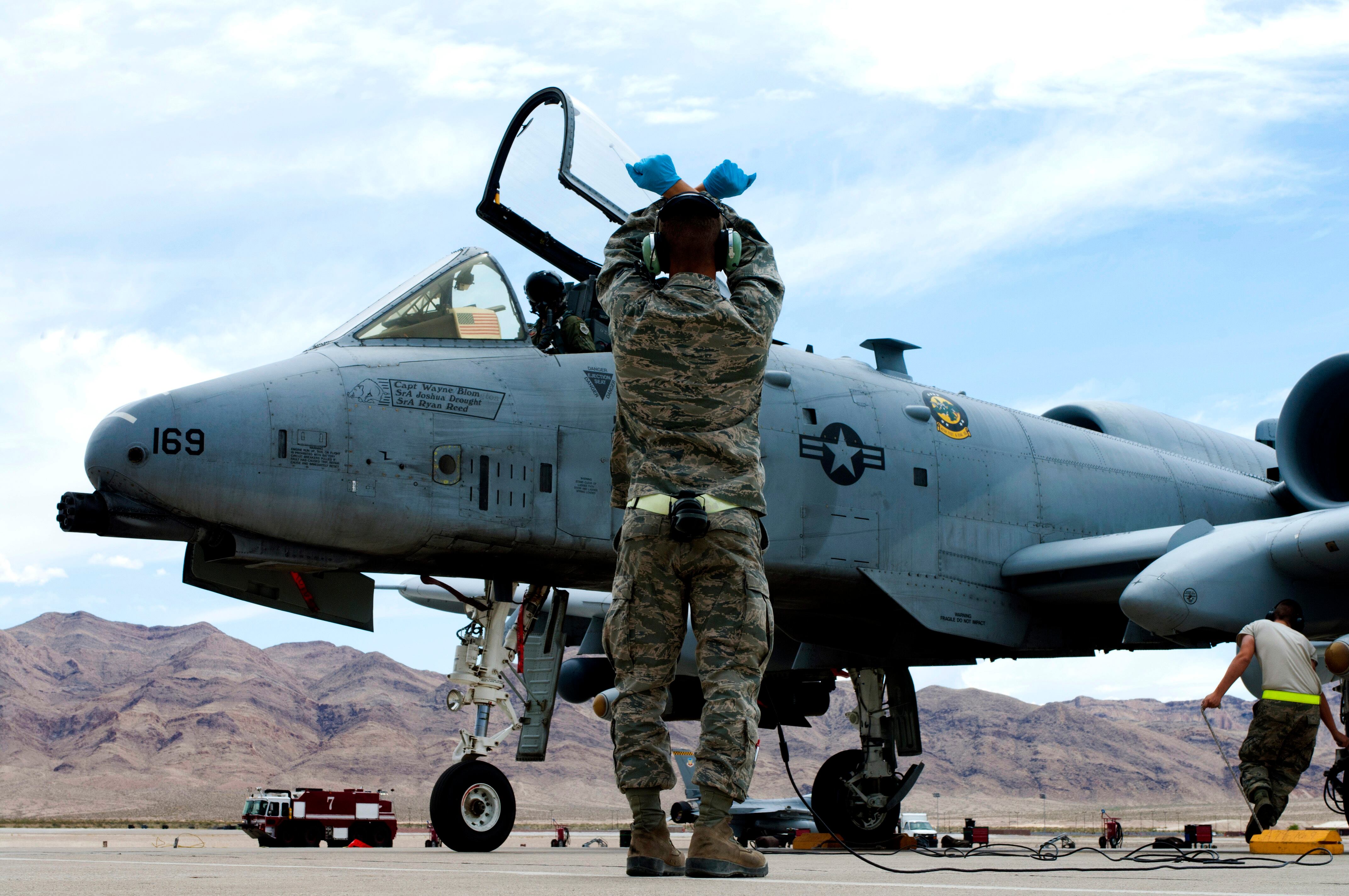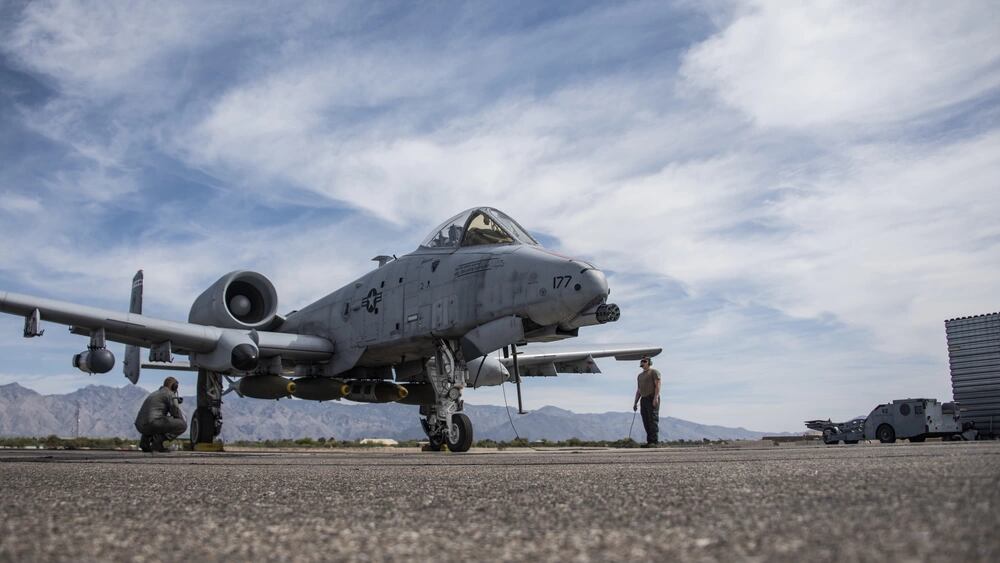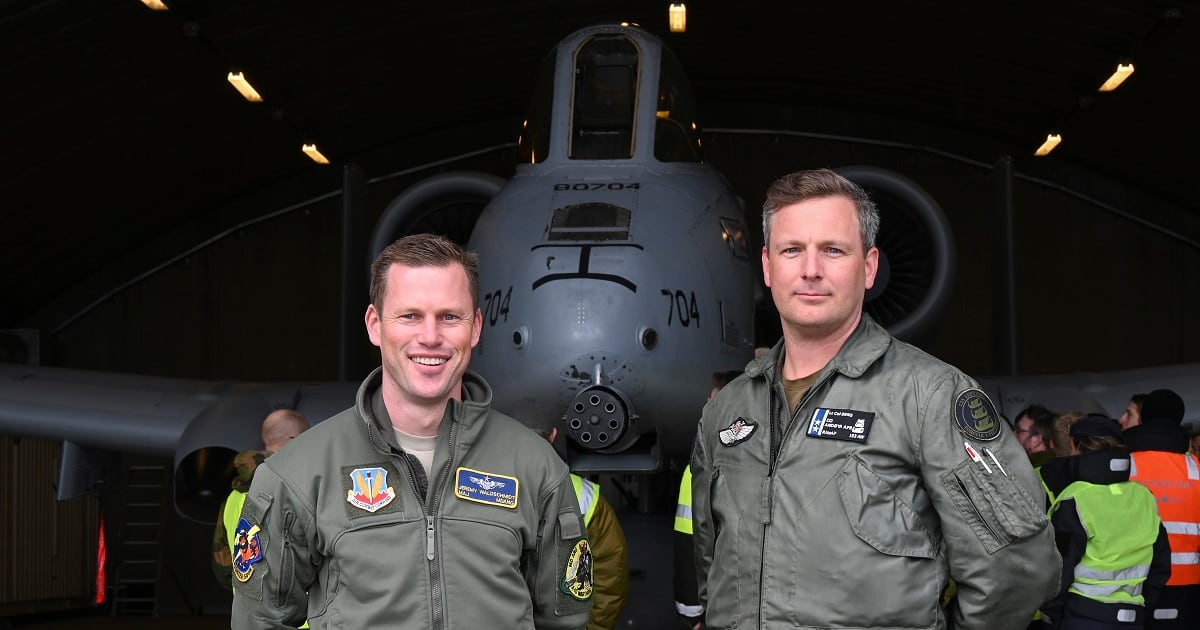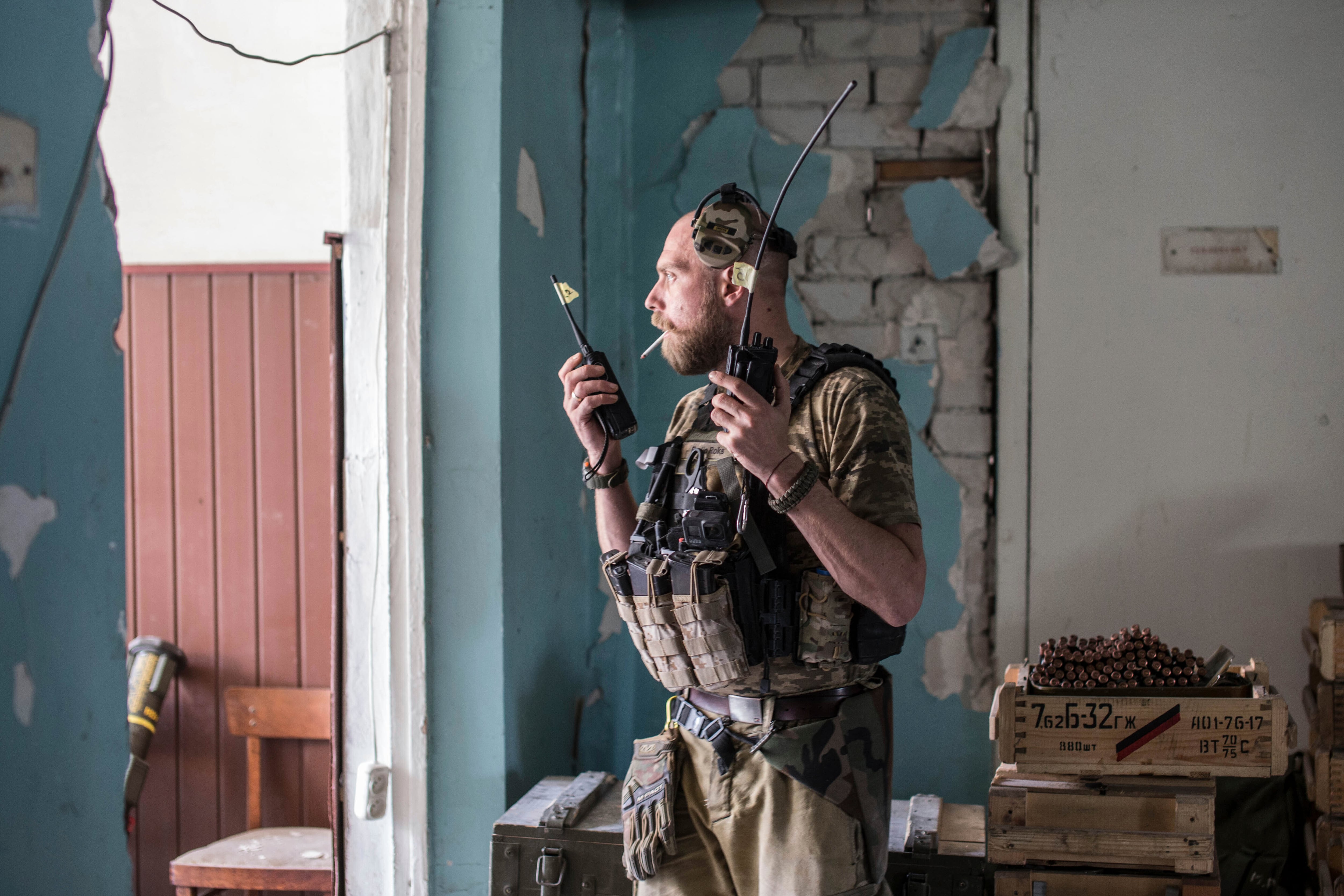A Maryland Air National Guard unit recently sent a fleet of 10 A-10C Thunderbolt II attack planes to participate in multinational combat exercises in eastern Europe, one of its largest training delegations there in the past decade.
It’s the A-10 enterprise’s latest step toward a greater presence in Europe as it pivots away from decades of combat missions in U.S. Central Command.
The 104th Fighter Squadron arrived in Iceland May 5 to participate for about two weeks in the Army’s “Swift Response” exercise, then joined the “Defender Europe” exercise for another two weeks.
RELATED

The 175th Wing tries every few years to visit Estonia, with which it works under the National Guard’s state partnership program. It has ramped up its role in European training in the last 10 years, growing from the four A-10s that trained out of Estonia in 2013 to 10 in 2017. A trip planned for 2020 was canceled due to the coronavirus pandemic.
“The A-10 Thunderbolt II provides a unique, established and enduring close air support capability to the joint force,” U.S. Air Forces in Europe spokesperson Capt. Daniel de La Fé said. “Hosting the Warthog in Europe provides those training touchpoints with our allies and partners, which provides value to the NATO coalition.”
About 170 American airmen were part of more than 200 training sorties in 10 countries throughout May, said Capt. Ben Hughes, 175th Wing spokesperson. Planning began more than a year ago.
RELATED

Troops hopscotched around Europe about 30 times, with West Virginia Air National Guard C-17 Globemaster IIIs transporting cargo. The Air Force is pushing the concept of “agile combat employment” in its training exercises, aiming to make units more flexible and less reliant on brick-and-mortar bases around the world.

During Swift Response, the A-10s supported paratrooper air assaults into Scandinavia and the Baltic, Balkan and Black Sea regions. The event brought together 9,000 service members from 17 countries, including roughly 2,700 American airmen and soldiers.
“Four A-10s and approximately 50 airmen operated out of Andoya Air Base in Norway, which is within the Arctic Circle,” Hughes wrote. More than 1,700 miles away, “six A-10s and approximately 60 airmen conducted operations from Ohrid Airport in North Macedonia.”
RELATED

For Defender Europe, all 10 Warthogs came together in Latvia and were joined by another 60 or so Maryland guardsmen.
Four A-10s flew to Amari Air Base in Estonia, then out of Saaremaa, an island off the west coast of Estonia in the Baltic Sea. The other six planes remained at Lievarde Air Base in Latvia and flew training missions across Latvia, Lithuania, Poland and Estonia.
Over the course of one day, C-17s ferried airmen and equipment from Estonia to Lithuania so troops could quickly arm and refuel their A-10s, Hughes said. Then they packed up and returned to Latvia.
The Warthogs also supported a live-fire test of the HIMARS precision rocket system — which the United States recently supplied to Ukraine — and an amphibious Marine Corps landing on Saaremaa. The squadron participated in hundreds of JTAC controls in the Baltics throughout the two weeks, Hughes said.
RELATED

“Over the month, A-10 pilots trained with joint terminal attack controllers from 11 NATO nations during live close air support missions that expended 17,211 rounds of 30mm [artillery], 18 AGR-20 laser-guided rockets, six AGM-65 Maverick air-to-ground missiles, and 12 inert 500-pound BDU-50 bombs,” he added.

Five years after its most recent trip, the wing’s return to the region came against the backdrop of Russia’s devastating military invasion of Ukraine.
Early in the conflict, which began in February after a prolonged troop buildup, some defense experts and lawmakers unsuccessfully called for the United States to lend A-10s to the Ukrainians for some extra firepower.
“This aircraft and its gun system were designed to counter an armored assault in Europe,” Everett Pyatt, a former assistant secretary of the Navy for shipbuilding and logistics, argued in a March op-ed. “They proved effective in Desert Storm’s target-rich environment, quite similar to the current advancing Russian force.”
As Buzz Patterson, a retired Air Force lieutenant colonel, put it on Twitter: “A 40-mile Russian convoy = an American A-10 pilot’s dream.”
Warthogs have spent most of the past few decades in U.S. Central Command as part of the U.S. wars in Afghanistan, Iraq and Syria. But Europe poses much different combat scenarios.
“In Afghanistan and Iraq, we were conducting operations where the aircraft came in and performed the mission, but … they didn’t need [suppression and destruction of enemy air defenses] aircraft, they didn’t need fighter escorts,” said Daniel Norton, a military systems analyst with Rand Corp., the federally funded think tank. “In the European theater, I imagine that you’d do a lot more force packaging along the lines of what we did in Desert Storm.”
Norton sees the deployment as a chance to explore what tactics and techniques work best with NATO allies, not as a signal to Russia or a demonstration of the A-10′s prowess in a potential European conflict.
RELATED

“This is an A-10, but the procedures for calling in fires from an F-35, or an F-22, or a bomber, or something else, will have quite a bit of overlap,” he said. “The training is valuable.”
Despite arguments that the Warthog could be proving its utility if war spills over into NATO member countries, Norton said there’s no guarantee that Russia wouldn’t learn from its mistakes in Ukraine. Then the realities of more sophisticated modern warfare would set in.
“It’s a 1970s aircraft,” he said. “It’s not stealthy. It wasn’t designed for these kinds of air defense environments. It wasn’t designed to operate against the advanced fighters that you’d see.”
For now, Maryland A-10s won’t shy away from the practice.
“The 175th Wing plans to expand their role in these exercises by working with new partners, filling NATO capability gaps and further executing [agile combat employment] concepts,” Hughes wrote. “We are also looking forward to coming back to [U.S. European Command] and especially training with … Estonia and Bosnia-Herzegovina.”
Rachel Cohen is the editor of Air Force Times. She joined the publication as its senior reporter in March 2021. Her work has appeared in the Washington Post, the Frederick News-Post (Md.), Air and Space Forces Magazine, Inside Defense, Inside Health Policy and elsewhere.




